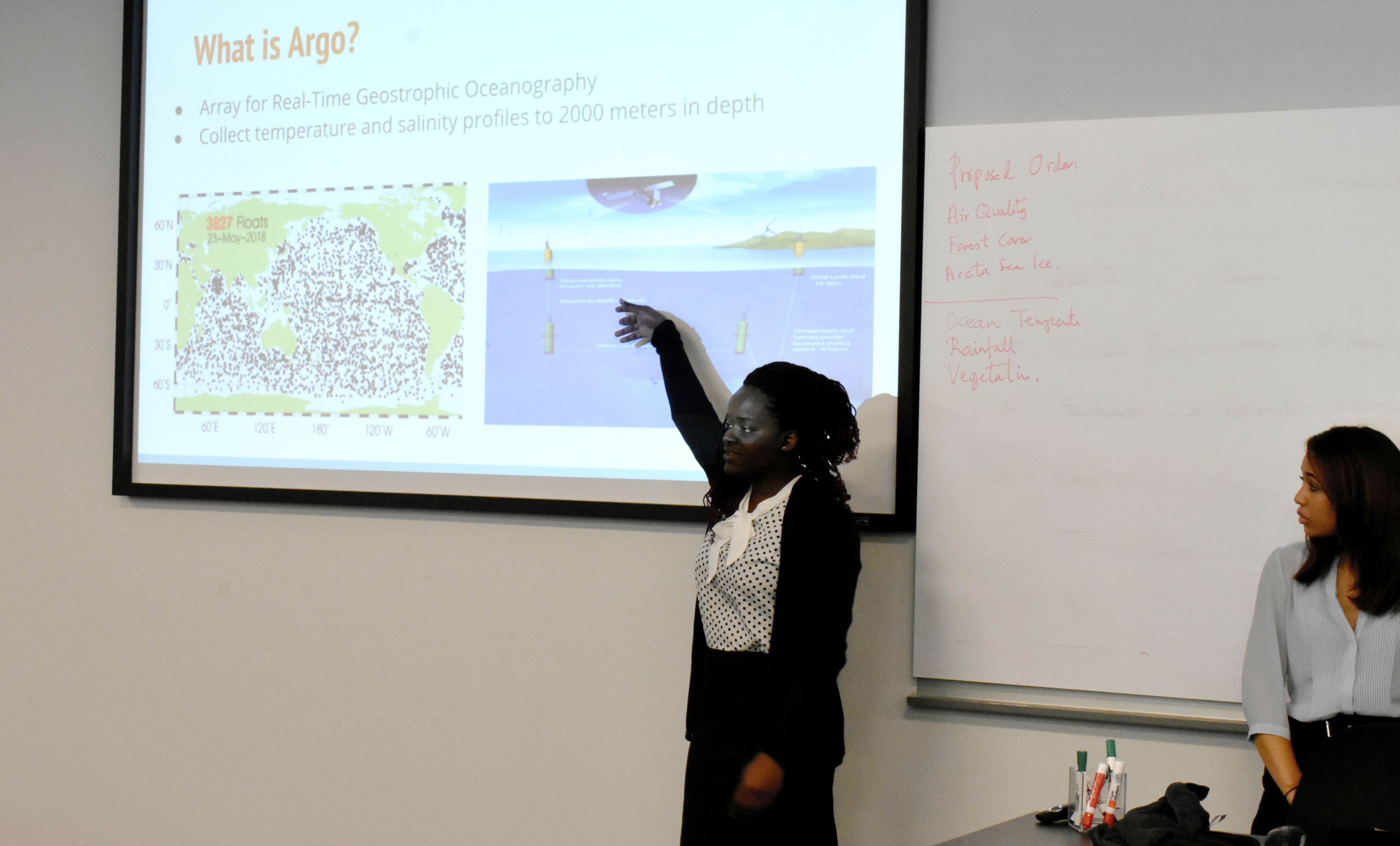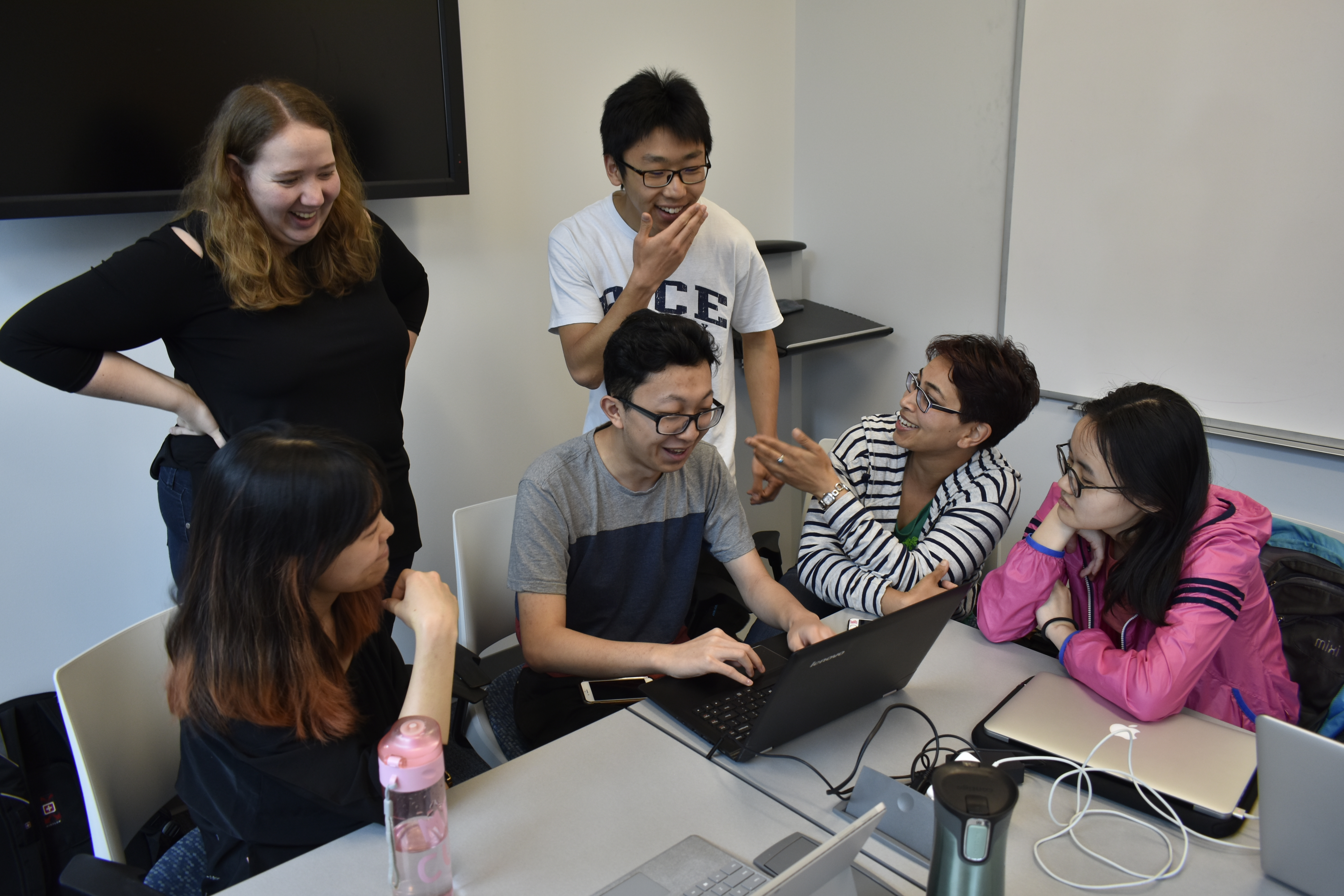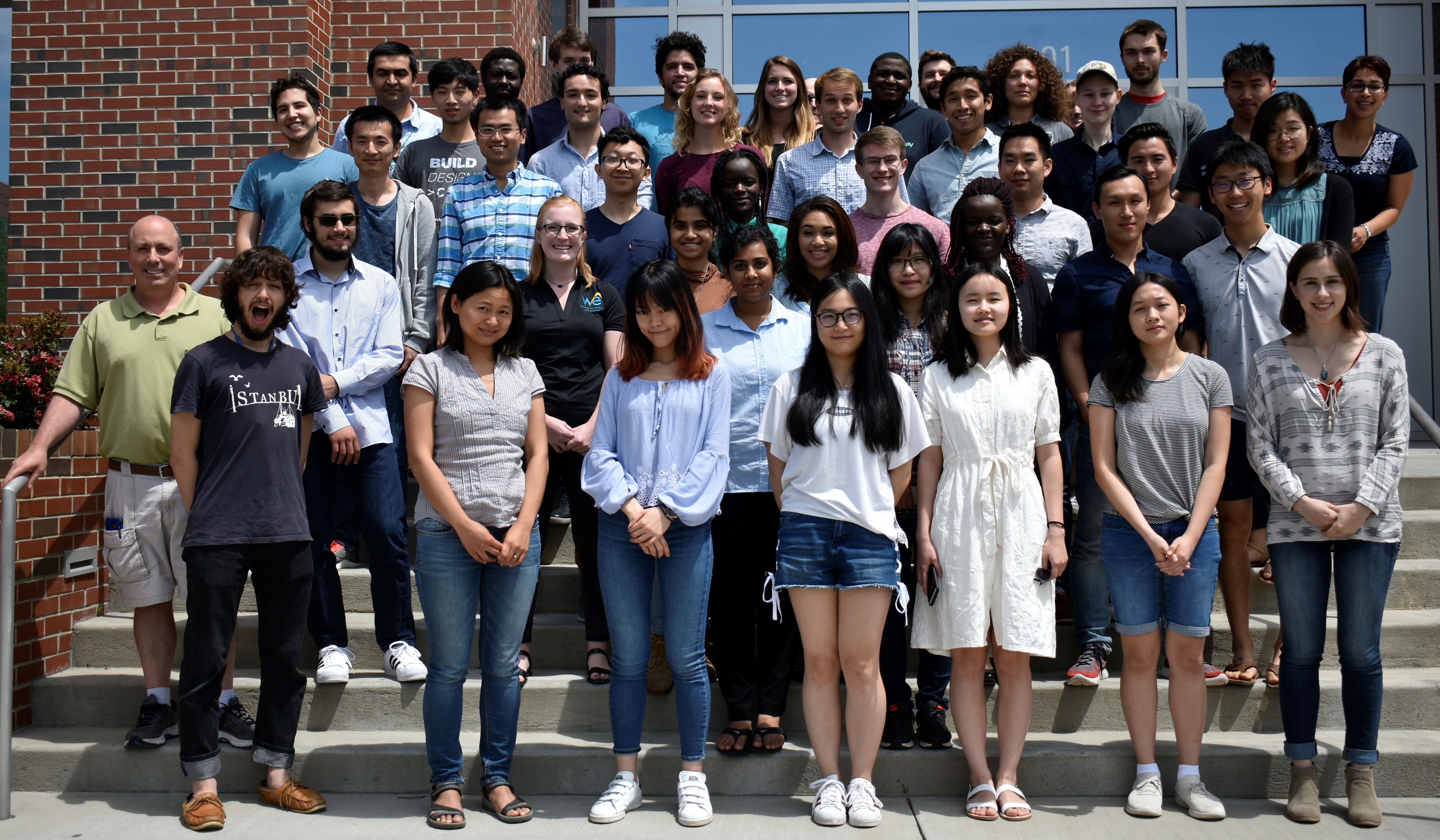
SAMSI completed their Undergraduate Modeling Workshop in May. The week-long workshop brought more than 30 undergraduate students from across the country together to understand how applied mathematics, statistics and computer science technologies can be used to interpret and predict ongoing changes in our environment.
“In this workshop, we wanted undergraduates from mostly quantitative fields to experience the mathematical/statistical applications in climate research,” said Elvan Ceyhan, SAMSI’s Deputy Director. Ceyhan was also an organizer of the workshop.
The workshop gave students valuable experience in how modern research is conducted, while also encouraging them to enter careers in the math sciences. Because of this workshop, many students became aware of how much applied mathematical, computer science-based and statistical concepts are used environmental research.
Students listened to researchers in the fields of applied mathematics, statistics and environmental research. The researchers lectured on how applied math and statistics work in concert with scientific data to help build models for study of the factors that affect various elements of our environment, such as ocean temperature, air quality and seasonal variations in vegetation in a given region.
Students also learned some basics about R Software, which is widely used to crunch data for the purpose of building simulations, plotting variances and finding trends to predict change in a given subject.

“The ‘SAMSI 2018 May UG Workshop’ was very helpful in broadening my knowledge about not just Statistical Modeling but Machine Learning as well – I learned new things which I would not have otherwise,” said Chandini Malhorta, a statistics major at NC State University (NCSU). “The multiple R-sessions, especially the ones on Spatial Statistics by Doug [Nychka] and Andrew [Finley] were quite helpful, this was something which I would have never learned in my entire Undergraduate had I not attended their session.”
Students worked in various groups and were guided and mentored by SAMSI postdoctoral fellows and workshop leaders. The student groups presented their findings on the following topics:
- Arctic Sea-Ice melting
- Gulf Coast annual rainfall effects over time
- Ocean temperature analysis
- Vegetation changes in a given region over time
- Forest coverage
- Air Quality in a given region
The students wrapped up the week by presenting their findings to their peers and fellow mentors.
“The lecturers and post-docs really have broadened my horizon and expanded my network,” said Rice University Junior, Hongyu Mao. “This workshop connected us to many friends of the same interests and we learned from each other.”
“In a week’s time, the students showed impressive progress and had some tangible results to present at the end,” said Ceyhan.
The subjects presented challenged the students, in a group setting, to give them practical experience working together to solve problems. SAMSI hosts multiple education and outreach opportunities like this annually as a way to raise awareness for the importance of applied math and statistics. To see more of what was presented and discussed at this workshop, visit the web page: /18-ugrad-modeling.
